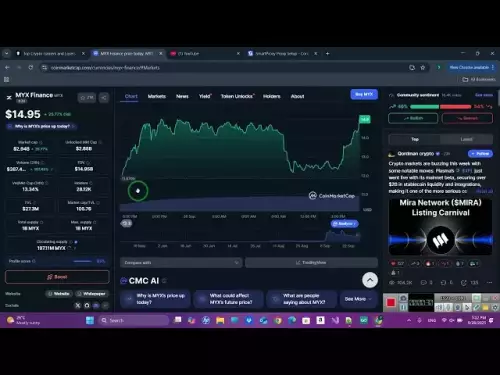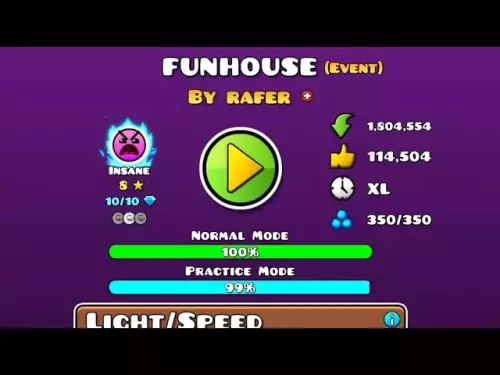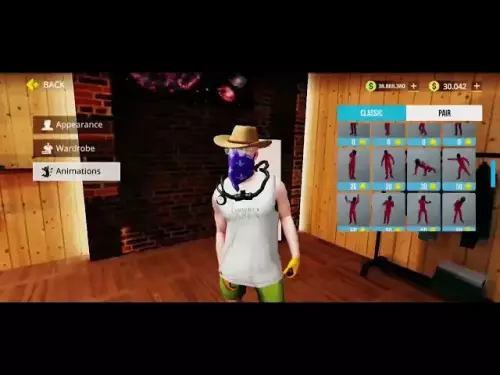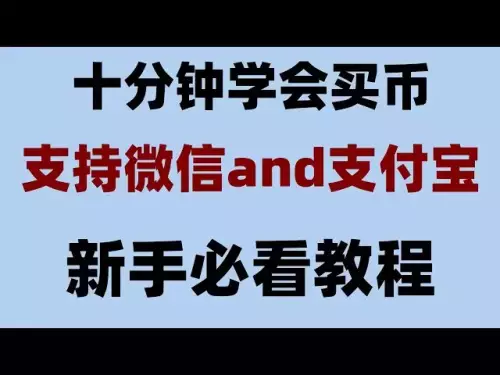-
 bitcoin
bitcoin $109547.008142 USD
0.04% -
 ethereum
ethereum $4011.838726 USD
-0.05% -
 tether
tether $1.000402 USD
-0.01% -
 xrp
xrp $2.798606 USD
0.88% -
 bnb
bnb $970.877944 USD
1.39% -
 solana
solana $202.237275 USD
-0.95% -
 usd-coin
usd-coin $0.999673 USD
0.00% -
 dogecoin
dogecoin $0.229294 USD
-1.15% -
 tron
tron $0.336370 USD
-0.45% -
 cardano
cardano $0.777260 USD
-1.66% -
 hyperliquid
hyperliquid $45.503019 USD
1.73% -
 ethena-usde
ethena-usde $1.000362 USD
0.01% -
 chainlink
chainlink $20.785303 USD
-1.10% -
 avalanche
avalanche $28.755822 USD
-0.11% -
 stellar
stellar $0.358303 USD
-0.48%
What are the different order types available on Upbit?
Market orders on Upbit enable instant trades at current prices, ideal for high-liquidity pairs but prone to slippage in volatile markets.
Sep 28, 2025 at 03:18 am
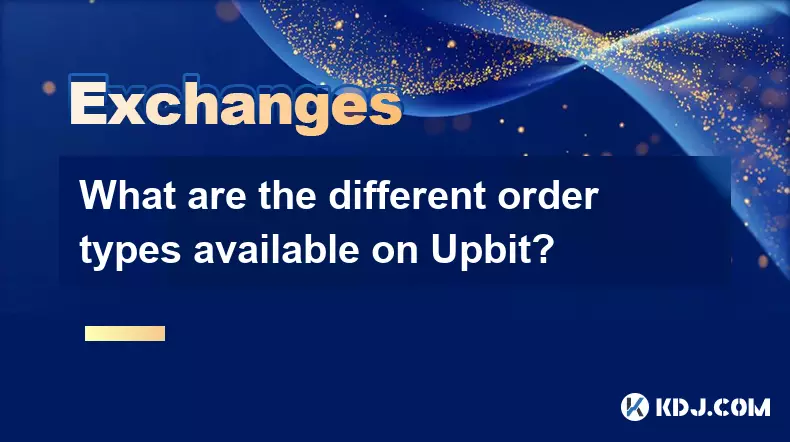
Market Orders and Their Functionality
1. Market orders are one of the most straightforward types available on Upbit, allowing traders to buy or sell assets instantly at the current market price. This order type prioritizes speed over price precision, making it ideal for users who want immediate execution.
2. When placing a market buy order, the system automatically matches the purchase with the lowest available ask prices until the full amount is fulfilled. Similarly, a market sell order fills against the highest bid prices in the order book.
3. Due to their instant nature, market orders can be subject to slippage, especially in volatile or low-liquidity markets. Traders should be cautious during rapid price movements as the executed price may differ significantly from the displayed price at the time of order placement.
4. These orders do not require setting a specific price; instead, they rely entirely on existing order book depth. As such, large market orders in less-traded pairs may only partially execute or incur higher costs due to fragmented liquidity.
Market orders are best suited for high-volume trading pairs where price stability and deep order books minimize execution risks.Limit Orders for Price-Controlled Trading
1. Limit orders allow users to specify the exact price at which they are willing to buy or sell a cryptocurrency. The trade will only execute when the market reaches that predefined price, offering greater control over entry and exit points.
2. A buy limit order is placed below the current market price, aiming to acquire assets at a perceived discount. Conversely, a sell limit order is set above the market price to lock in profits at a target valuation.
3. These orders remain active in the order book until either filled or canceled by the user. They do not guarantee execution, particularly if the market never reaches the specified price.
4. Limit orders contribute to market liquidity and often come with lower fees on platforms like Upbit, incentivizing users to place resting orders rather than taking liquidity from the market.
Traders using limit orders benefit from strategic positioning, enabling precise risk management and disciplined trading behavior.Stop-Limit Orders for Risk Mitigation
1. Stop-limit orders combine features of stop orders and limit orders, designed to activate a limit order once a certain trigger price is reached. This two-tier mechanism helps protect gains or limit losses without constant monitoring.
2. For example, a trader holding an asset might set a stop price slightly below the current market value. If the price drops to this level, the system activates a limit order to sell at a user-defined minimum acceptable price.
3. While effective for automated risk control, stop-limit orders carry the risk of non-execution if the market gaps past the limit price after the stop is triggered. In fast-moving conditions, this could leave positions exposed despite the safeguard.
4. Users must carefully choose both the stop and limit values to balance responsiveness with realistic execution chances. Setting too tight a spread between these values increases the likelihood of missed trades during volatility.
This order type serves advanced traders seeking conditional execution while maintaining price specificity, though it demands careful parameter tuning.Frequently Asked Questions
What is the difference between a stop order and a stop-limit order on Upbit?A stop order becomes a market order once the stop price is reached, executing at the next available price. A stop-limit order becomes a limit order at the specified price after the stop is triggered, requiring the market to reach the limit price for execution.
Are there any fees associated with different order types on Upbit?Upbit charges taker fees for market orders and stop orders that remove liquidity, while limit orders that add liquidity may qualify for lower or zero fees depending on the trading pair and user tier.
Can I modify or cancel a limit order after placing it?Yes, users can cancel or adjust limit orders at any time before they are fully executed. Modifications require cancellation of the original order and submission of a new one with updated parameters.
Does Upbit support trailing stop orders?As of now, Upbit does not offer trailing stop orders. Users must manually adjust stop or stop-limit levels to follow price trends dynamically.
Disclaimer:info@kdj.com
The information provided is not trading advice. kdj.com does not assume any responsibility for any investments made based on the information provided in this article. Cryptocurrencies are highly volatile and it is highly recommended that you invest with caution after thorough research!
If you believe that the content used on this website infringes your copyright, please contact us immediately (info@kdj.com) and we will delete it promptly.
- Ripple, Shiba Inu, and Digitap: The Crypto Landscape in 2025
- 2025-09-28 23:05:12
- Crypto Portfolio Management: Riding the Whale Waves and Finding Gems
- 2025-09-28 22:45:14
- BTC Price Wobbles as Bitcoin ETFs See Inflows, Ethereum ETFs Bleed: What's the Deal?
- 2025-09-28 22:25:17
- DeepSnitch AI: The Meme Coin Alternative with 1000x Potential?
- 2025-09-28 22:45:14
- BlockchainFX, Solana, Dogecoin: Decoding the Crypto Shift
- 2025-09-28 23:05:12
- Crypto's Wild Ride: Dogecoin, AVAX, TRUMP, and the Newcomer MAGACOIN FINANCE
- 2025-09-28 23:10:01
Related knowledge
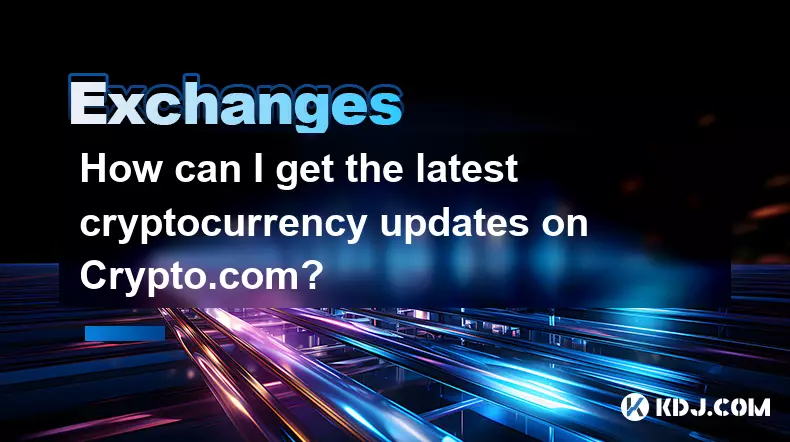
How can I get the latest cryptocurrency updates on Crypto.com?
Sep 26,2025 at 07:54am
Accessing Real-Time Crypto Market Data on Crypto.com1. Navigate to the Crypto.com website or open the mobile application to access live price charts a...
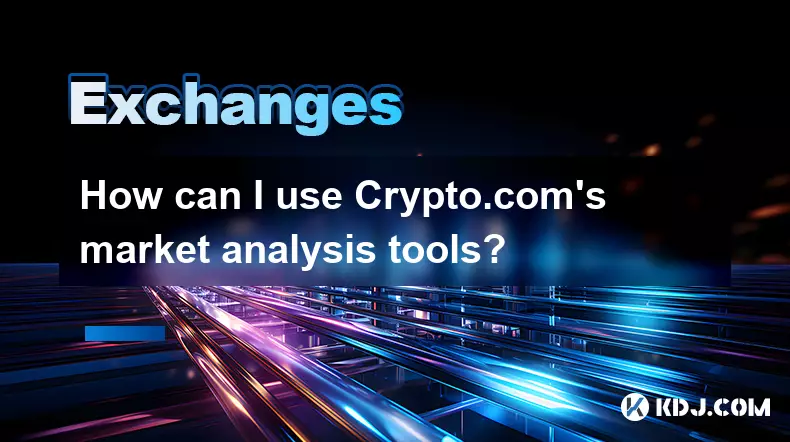
How can I use Crypto.com's market analysis tools?
Sep 23,2025 at 01:54am
Understanding Crypto.com’s Market Analysis Dashboard1. Accessing the market analysis tools begins with logging into your Crypto.com account through th...
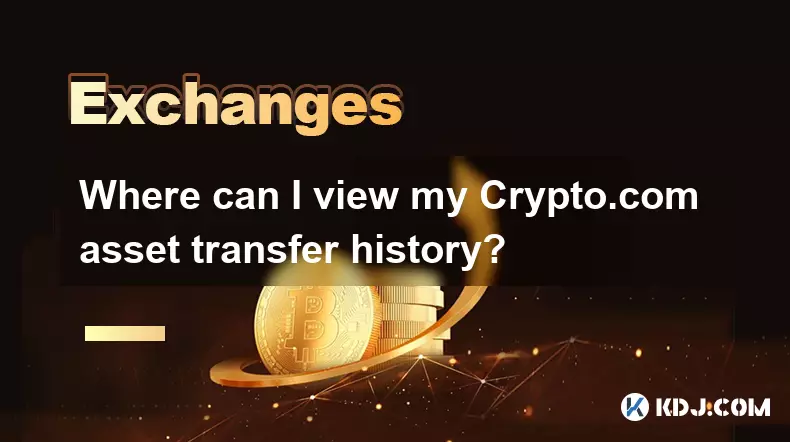
Where can I view my Crypto.com asset transfer history?
Sep 27,2025 at 08:54pm
Accessing Your Crypto.com Asset Transfer History1. Log in to your Crypto.com app or web platform using your registered credentials. Once authenticated...

How can I unlink my Crypto.com payment method?
Sep 23,2025 at 12:54am
Understanding Payment Methods on Crypto.com1. Crypto.com allows users to link various payment methods including credit cards, debit cards, and bank ac...
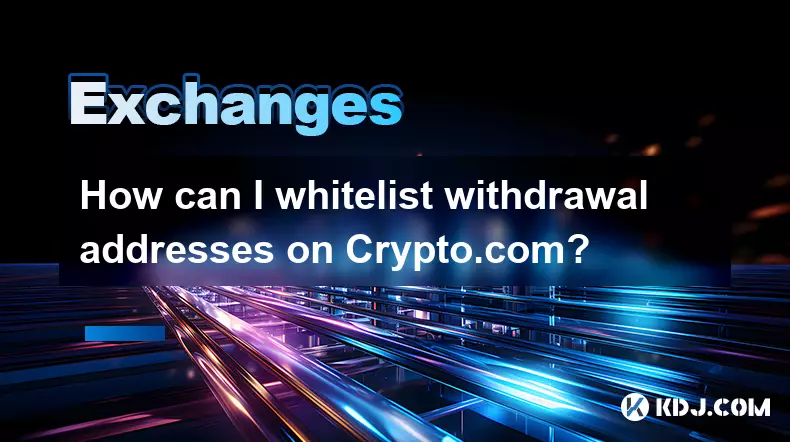
How can I whitelist withdrawal addresses on Crypto.com?
Sep 28,2025 at 03:19pm
Understanding Address Whitelisting on Crypto.comWhitelisting withdrawal addresses on Crypto.com is a security feature designed to protect users from u...
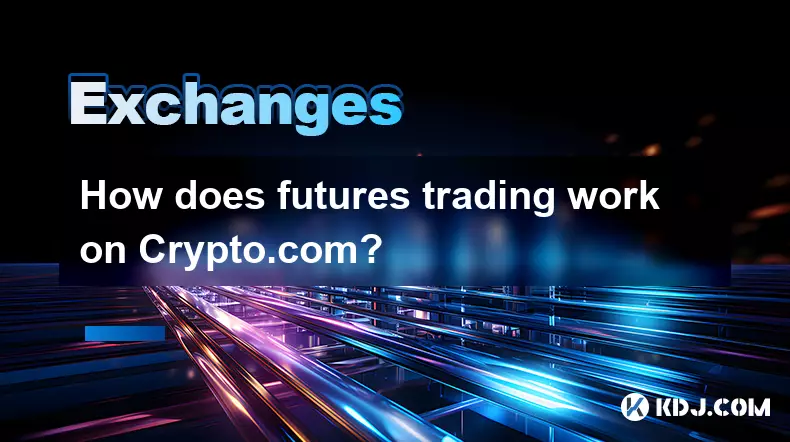
How does futures trading work on Crypto.com?
Sep 27,2025 at 06:37am
Futures Trading Mechanics on Crypto.com1. Futures trading on Crypto.com allows users to speculate on the future price of cryptocurrencies without owni...

How can I get the latest cryptocurrency updates on Crypto.com?
Sep 26,2025 at 07:54am
Accessing Real-Time Crypto Market Data on Crypto.com1. Navigate to the Crypto.com website or open the mobile application to access live price charts a...

How can I use Crypto.com's market analysis tools?
Sep 23,2025 at 01:54am
Understanding Crypto.com’s Market Analysis Dashboard1. Accessing the market analysis tools begins with logging into your Crypto.com account through th...

Where can I view my Crypto.com asset transfer history?
Sep 27,2025 at 08:54pm
Accessing Your Crypto.com Asset Transfer History1. Log in to your Crypto.com app or web platform using your registered credentials. Once authenticated...

How can I unlink my Crypto.com payment method?
Sep 23,2025 at 12:54am
Understanding Payment Methods on Crypto.com1. Crypto.com allows users to link various payment methods including credit cards, debit cards, and bank ac...

How can I whitelist withdrawal addresses on Crypto.com?
Sep 28,2025 at 03:19pm
Understanding Address Whitelisting on Crypto.comWhitelisting withdrawal addresses on Crypto.com is a security feature designed to protect users from u...

How does futures trading work on Crypto.com?
Sep 27,2025 at 06:37am
Futures Trading Mechanics on Crypto.com1. Futures trading on Crypto.com allows users to speculate on the future price of cryptocurrencies without owni...
See all articles






















